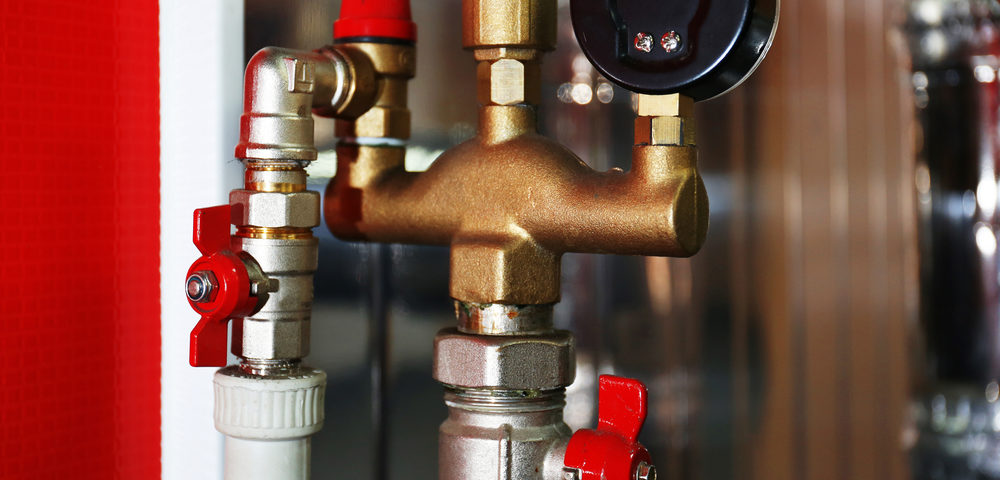The fuel feed system is a vital performance component of any low-emission boiler. In addition to supplying fuel, a properly designed fuel feed system ensures consistent and reliable combustion by distributing fuel within the boiler.
The form and type of fuel also plays an important part in a boiler’s performance and operation. Gaseous fuels, for example, may be relatively easy to transport but storage is more challenging, which means that gas boilers generally need to be connected to a gas pipeline.
Gas fuels also flow with minimal pressure difference and can be controlled with great precision using a variety of control systems. Such systems may incorporate automatic valves that control flow via a burner. The role of the burner is to promote fuel ignition and good mixing between fuel and primary combustion air. This is achieved by increasing flame stability across a broad range of flow rates. Burners play an important role in a combustion system alongside other fuel preparation, distribution and control equipment.
Similar to gas, liquid fuels are also simple to transport but significantly easier to store. Complete combustion can only be achieved when liquid fuels are atomized to ensure comprehensive mixing with combustion air. In pressure, air or steam mixing, minuscule liquid drops are burnt, much like a gas.
For solid fuels, including biomass, greater preparation, such as shedding or crushing, is required prior to burning. The primed solid fuel must also be transported from preparation and storage areas to the boiler, which may necessitate the need for additional equipment depending on fuel particle size. Stokers are then used to feed solid fuels into the boiler. Modern mechanical stokers use sophisticated electromechanical components in order to react quickly to steam demand fluctuations. These modern stokers also ensure good fuel-handling and turndown capability.
Fuel Feed System and Boiler Performance
Boiler
Apr | 18 | 2017
